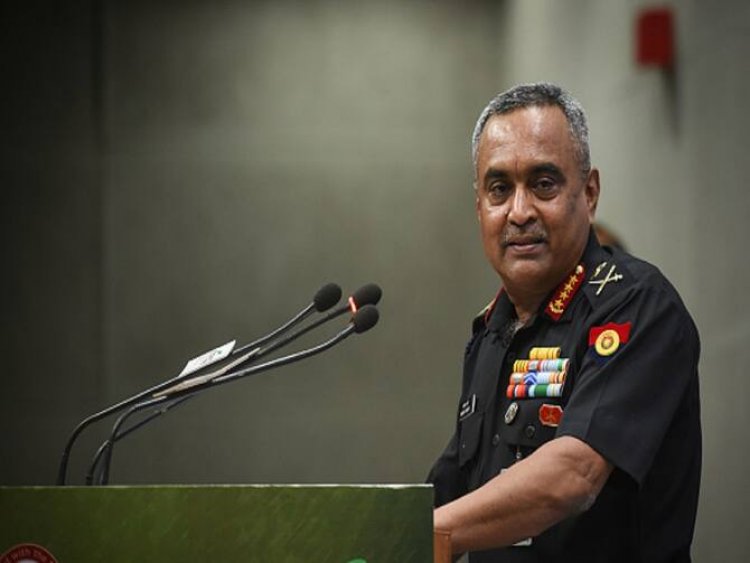Army: Analyses of Army Chief Press Conference
STORIES, ANALYSES, EXPERT VIEWS

Every year, on January 11, the Army Chief holds a media interaction that relates to India’s military strategic security issues, internal security issues, modernisation, upgradation and procurement. This year, writes Syed Ata Hasnain (member of the National Disaster Management Authority, is former corps commander of the Srinagar-based 15 Corps) “General Manoj Pande…was neither defensive nor in denial of the problem areas, articulating a mature assessment of various situations.”
On Manipur: On Manipur, the Chief was emphatic in saying that “the level of violence had decreased and that the Army was working with several central and state agencies to restore the situation. Yet, the fact that of the 5,000-odd small arms stolen from state police armouries, only about 30 per cent of the weapons have been recovered, confirms the challenge before the Assam Rifles and the Army’s III Corps. The situation remains volatile at the Indo-Myanmar border, too. That volatility adds complexity.”
The Manipur turbulence “is likely to persist as ethnic battle lines are drawn up and remain even more complex than when the issue took centre stage in May 2023. Thus far, it has remained restricted to some states in the Northeast, but unless tackled robustly, has the potential to spread to various areas, bringing chaos across the vulnerable Northeast. It is good that PM Sheikh Hasina’s electoral victory in Bangladesh ensures no interference from that quarter but something more permanent needs to be worked out to neutralise the potential of external support. The Chief’s clarity is encouraging but this will need to be integrated with political and social narratives to take it to a successful end.”
Free Movement Regime (FMR) and Assam Rifles: The Free Movement Regime (FMR) with Myanmar permits movement of border populations up to 16 km on either side of the border without visas; only permits are required. This, too, says the former General “facilitates infiltration by undesirable and anti-national elements, along with smuggling of narcotics and contraband. The potential of negative situations remains high and the Chief expressed concern on the fact that only 20 Assam Rifles (AR) units are available for border sealing; others remain on the counter-insurgency (CI) grid and work in conjunction with other forces. What the Chief did not mention is the fact that AR units, by virtue of their near permanent deployment in the Northeast, are the best geared to handle the situation. This is one entity which can do with expansion, considering the scope for proliferation of security issues in the Northeast.”
Jammu and Kashmir: The Army Chief, writes Hasnain “was frank about the situation in J&K, terming it to be a concern. It’s a welcome admission which in no way smacks of negativity…..The attitude reflected by the Chief is indeed a welcome departure from the defensive and routine responses that sometimes emanate from professional quarters. It’s refreshing to see admission by the Army’s highest office that ‘there were tactical lessons to be learnt from the series of setbacks in the region, which claimed the lives of 20 soldiers in the past year in ambushes by terrorists, and that the Army is studying tactics employed by the adversaries in the area’. The abysmal ratio of losses to achievements, perhaps one of the highest of the long J&K counter-proxy campaign, needs a fresh approach. General Pande’s mature outlook and ‘raksha mantri’s’ (Defence Minister) deep support for winning hearts and minds augur well for the coming years.”
On China: On the entire gamut of issues of the northern borders with China along the LAC, General Pande stated, ‘Our operational preparedness in these areas continues to be of a very high level. The deployment is both robust and balanced… Currently, our attempt is to continue to talk to go back to the status quo ante which existed in the middle of 2020. And once that happens, we can look at the larger issue of troop reduction’.
That is as good a message as any needed, writes Hasnain “to give confidence to the political community and the larger public. What is clear is that the trust deficit is so deep that no dilution in deployment can be afforded at this juncture. While no danger of an impending war exists, tactical level differences can always manifest as misunderstandings…..”
















